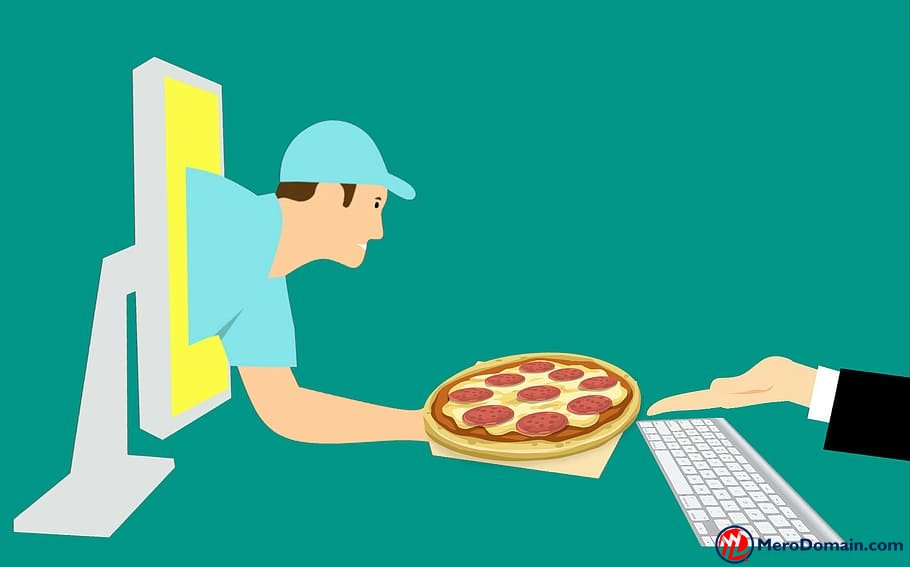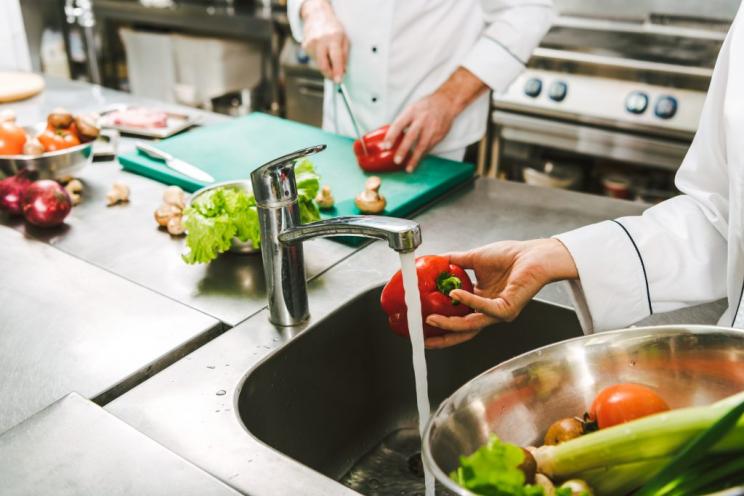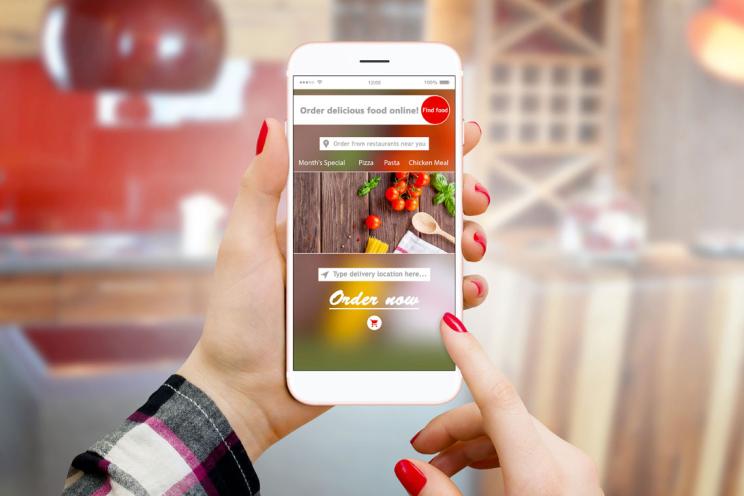
Online food ordering: should you get a third party or do it in house?
Do you remember the good old days when you used to have a lazy afternoon and you decide to order food and chill on your couch watching your favourite shows?
Well this occasional plan has become the new trend especially after the spread of Covid-19.
Food delivery has drastically increased and dine-in at home has become the new vibe in 2020 and it’s continuing to be in the coming years.
After Pizza Hut has launched its first online order back in 1994, online food ordering has become a billion-dollar business with growing opportunities for smaller capital businesses and around the corner shops.
The latest statistics show that revenues of online food delivery segment are expected to show an annual growth rate of 6.36% (2021-2024).
The pandemic might be one of the reasons of the increasing popularity of online food ordering but it’s temporary while other factors remain true.
Consumers are now looking for more comforting dine-in solutions to simplify their daily busy lives. Online orders and delivery have escalated and F & B industry is no exception.
No wonder that restaurants are being meticulous about offering the best online ordering experience for their customers whether through exclusive online offers and discounts or free delivery upon online ordering.
Why should you be interested in online food ordering as a restaurateur?
Check out these statistics:
- According to Technomic’s Generational report, 59% of millennials’ orders are either a takeout or a delivery.
- Two thirds (63 percent) of restaurant delivery service agree that it is more convenient to get delivery than dining out with a family.
- Spending on pizza online orders is 18% higher than phone orders.
- 60% of restaurateur admitted that offering delivery services has highly Increased sales.
Look at all these numbers to realise the importance of online ordering.
Now once we agreed on its importance, are you going to do it in house or hire a third party food application?
All what you need to know about third party online platforms
Third-party pros
Marketing tool
Using a third party for online food ordering is a great marketing tool especially for small businesses. You don’t have to worry about marketing your own application.
The application serves you as a marketing tool where you have the chance to reach more people and to be more visible.
It gives you the opportunity to increase your sales through its well established application without additional effort from your side
All what you have to do is send them your menu, locations and contact information and you’re all set up.
You don’t have to worry about hiring people to manage the application. All what you have to do is pay a certain fee upon each order or pay a monthly fee regardless of the number of orders made.
Convenience on different levels
Staff: you don’t need to hire an additional staff to manage your in-house application or delivery services. Once you sign up with a third party, their team of expertise will handle everything. You also save yourself any needed training fees. You’re waiving the cost of labor and cost of gas used in deliveries.
Capacity of orders: hiring a third-party to handle your online orders works pretty well with busy times where you have many orders. The result is increased orders and higher reach where customers don’t have to wait for longer period of times for their food order.
Cons of third-party
High commission fees
All third-party services charge you a high commission fee on each order or a monthly fee regardless of the orders made.
Restaurateurs pay anywhere between 12% to 30% for each order made. This cost is unbearable for restaurants even the biggest ones.
Known third-party online ordering businesses have been questioned for their practices that highly contributed in restaurants’ closures.
Staff involvement and loyalty
While you are choosing the easiest path for you and you’re saving yourself from the hiring and training process hassle, you are 100% depending on third-party staff that might not have the same commitment level to your image and reputation.
You’re totally giving in to third-party but if they mess up, it’s going back at you not at them.
You’ll be held responsible for any delivery flaws whether a late order or cold food or untidy packaging.
POS integration
Most POS systems don’t integrate orders from a third-party so your staff has to re-enter the order once received from the online ordering platform. It is risky and time consuming.
Higher than expected competition on online platforms
Just like it’s easier for you to market yourself on online platforms, it’s also easier for competition. This means that you’ll be facing higher competition from other users. Customers will have a great variety of restaurants to choose from once they use the application.
In-house application
Pros
Long-term cost reduction
It might seem costly to have an in-house food ordering application but if you project it on long term basis, it’s less costly. Although it’s an investment to thoroughly consider, but you don’t have to pay a commission fee on every order placed.
Keeping everything under your control
In other words, you simply own the online ordering processes in its different aspects; delivery, staff performance and commitment and customer satisfaction. You’re relying on yourself to deliver the best experience.
An enhanced CRM
There’s no question that when you have your own application, you also have access to clients’ essential data and orders’ history.
You need this data in the future to create offers, loyalty programs and customized service that retain your customers and keep your relationship with them direct and upfront.
POS integrated
Your online ordering application is POS integrated so you receive orders automatically in your system for a smoother workflow. Out-of-stock items and changes in price or menu are updated automatically.
In-house cons
Less visibility
Signing up with a third party online platform gives you more visibility and you have to be aware that counting on your own application will narrow your circle.
Cost of hiring a staff and running delivery
You might be waiving the commission fees but you have to consider the labor cost, gas bills and overall delivery management process. Your staff might require a training as well which incurs additional costs on you.
Managing different deliveries especially in peak times requires lots of hard work and dedication that you should be ready to provide.
Both business models have their pros and cons. Making a decision isn’t the easiest task but it depends on different factors including the size of your business and the main reason you’re pursuing online ordering.
Regardless of the method you will choose, online food ordering has become essential in the F&B industry.





